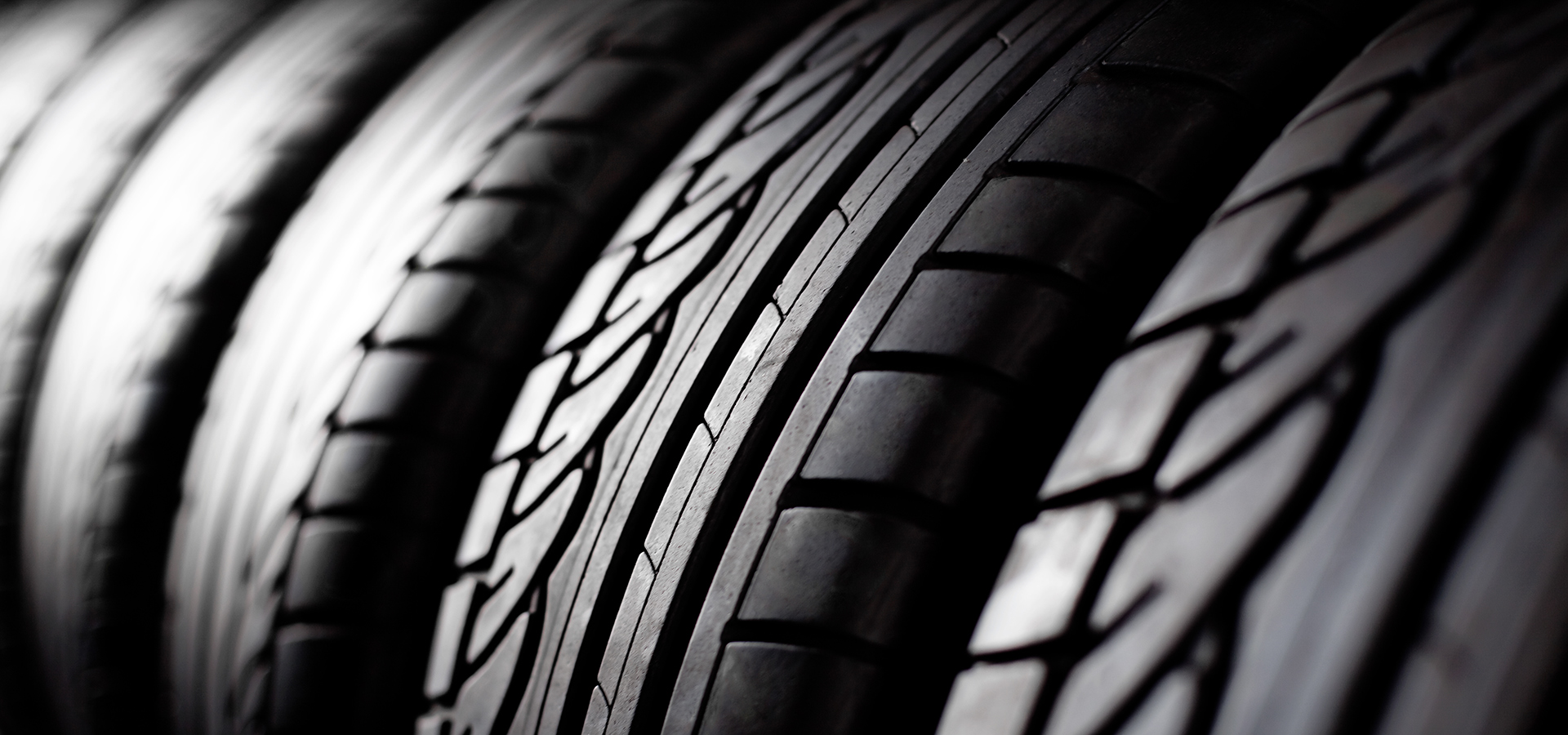
Revolutionizing Dynamic Tire Footprint Analysis: Filling the Gaps with Advanced Sensor-Based Solutions
Testing is an integral step in ensuring your tires are high quality, durable, safe, and able to perform at the level asked of them. Whether you’re a manufacturer ensuring safety and effectiveness before putting tires on the road, a research lab prototyping better solutions, or a private test facility digging into a tire's performance, you need reliable equipment.
Unfortunately, many of today’s test engineers and product designers lack the tools to truly understand what’s happening between rubber and road. A lack of tools means a lack of good data in performance testing, which can leave you with gaps in the information you don’t know how to fill.
When you’ve got missing data, that’s a problem. Understanding what’s happening on the surface of a moving tire is difficult enough when you have complete data sets. When you don’t, that leaves myriad questions—friction, pressure, distribution, and more—up in the air. Those questions can, in turn, lead to undesirable outcomes vis-à-vis safety, performance, and handling.
The good news is that there are solutions. Today, we’ll look at dynamic tire footprint analysis challenges, how advanced sensor-based pressure testing solutions can fill in the gaps, and the benefits of switching to better tools today.
What Are You Missing with Dynamic Tire Footprint Analysis?
Dynamic tire testing is critical for the overall performance of a tire. You must know how it handles various situations to give a product the check mark and put it out into the world.
Is it safe in rainy, icy, snowy, and ideal, dry conditions? How does it handle at high and low speeds? How does it feel at such speeds? How does the tire affect the stopping distance of the car? Does it increase or decrease road noise compared to analogs? And so on.
Questions such as these greatly burden test engineers and product designers to cover all the bases. Unfortunately, existing tire testing equipment relies on sensors with serious limitations. For instance, they may:
- Offer inconsistent results, no matter how often you recalibrate and retest.
- Require a high upfront investment for systems that have short obsolescence and require quick replacement.
- Operate for only one kind of test, giving you valuable information about a particular set of characteristics but leaving you blind to others.
- Perform poorly, or not at all, outside of controlled lab conditions.
- Leave you wondering how to get reliable information out in the world, such as at the racetrack.
Some systems offer significant data but need help rounding it out. Others aren’t reliable and require replacement. You know which is which in your current setup; the question is, how do you keep the tools that work and fill in the missing info without too much trouble?
Here’s how.
How Does XSENSOR Fill in the Gaps?
The limitations of other testing equipment are a thing of the past when you use XSENSOR equipment for dynamic tire footprint testing at any speed. Using high-resolution pressure data, it offers a detailed window into what’s happening on the ground. Capturing readings across thousands of different pressure points, you will benefit from a more detailed picture than ever before.
The ground-breaking XSENSOR solution can increase safety, handling, feel, and noise. With ultra-fast signaling electronics, you can capture and evaluate data while the car is still moving. High-resolution sensors isolate even the finest tread features and capture multiple footprint images up to 150 kilometers per hour.
With flexible equipment that is easy to set up, requires little to no recalibration, works well with included software, and creates accurate and repeatable data sets, you have everything you need to capture the information you want. This equipment allows you to isolate issues, implement changes, validate, and improve designs, and make tires better—one data set at a time.
And that improvement, in turn, means a dramatic change in your business. With such valuable data in hand, you can:
- Advance your product or corporate profile with tires that generate trust and interest.
- Ensure engineers have the necessary tools, keeping the most talented people around.
- Attract talented resources to your company, rounding out your employees to create the best possible staff.
- Keep designing incredible products that attract the best partners and customers.
- Generate more profit, more reliably, every day.
There’s no need to ditch the tools you use currently. Even if you enjoy a range of viable equipment in your everyday testing environment, XSENSOR is complementary to various other testing methodologies. The result is a picture with maximum granularity and minimal error, endlessly repeatable for the best possible results.
Get Started with XSENSOR Today
Why assess your tires using XSENSOR Technology?
XSENSOR does more than deliver results. It gives them the confidence born of widespread recognition across the automotive industry, including that of the Insurance Institute for Highway Safety (IIHS). Recent updates to the IIHS’s longest-running crash test protocol—the Moderate Overlap Frontal Crashworthiness Evaluation—now includes XSENSOR’s High-Speed (HS) Impact system, a testament to its thoroughness, accuracy, and reliability across vehicle safety.
This same noteworthy approach to accuracy and data applies to XSENSOR’s tire testing products, including the High-Speed and X3 Tire systems. These solutions measure pressure on tire surfaces for vehicles of all kinds—including heavy equipment to commercial vehicles, passenger cars and trucks, and race cars.
With these solutions in hand, better data is yours. With better data, you have the information to create better tires, increase safety, reduce road noise, amp up performance, and prototype more reliable products, from a muddy logging road to the racetrack.
It's time to stop waiting and start doing. Sign up for a demonstration with XSENSOR today.

